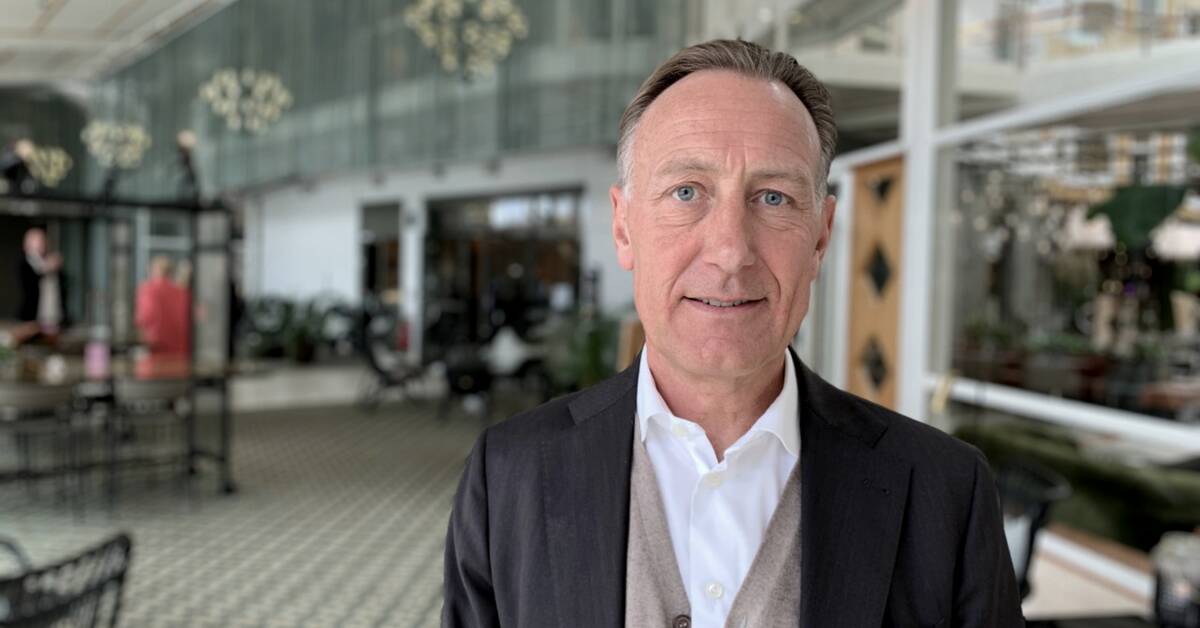The trade association Swedish Enterprise has calculated and fears that if nothing is done about the current situation, there will be a shortage of 300,000 professionals in 2035. Fewer, about every third, have chosen a vocational program in high school when according to the interest group it should be at least 40 percent.
In Skellefeå, there are now slightly more, 37 percent, who attend a vocational program.
But even there, for example, the industrial engineering program has been down to now be started again.
- In the supply of skills, the biggest challenge is vocational training.
In Sweden, we need to have approximately 15,000 every year who choose a vocational education, says Jan-Olof Jacke who is CEO of the Confederation of Swedish Enterprise.
The high school is being redone
To try to do something about the situation, the Riksdag has recently decided that all vocational programs at the upper secondary school must also give eligibility to colleges and universities.
Anyone who does not want it can opt out of topics.
It will apply from the year 2023. The government is also working on a legal council referral, a proposal for a new law, which will mean that educations at upper secondary school are to a greater extent adapted to what the labor market looks like.
- Within our organization, we work very hard to show the opportunities that vocational education provides so that the attractiveness increases, said Jan-Olof Jacke when he recently visited Skellefteå.
In the clip, you hear what he thinks is needed to cope with the growth rate in Skellefteå in a good way.

